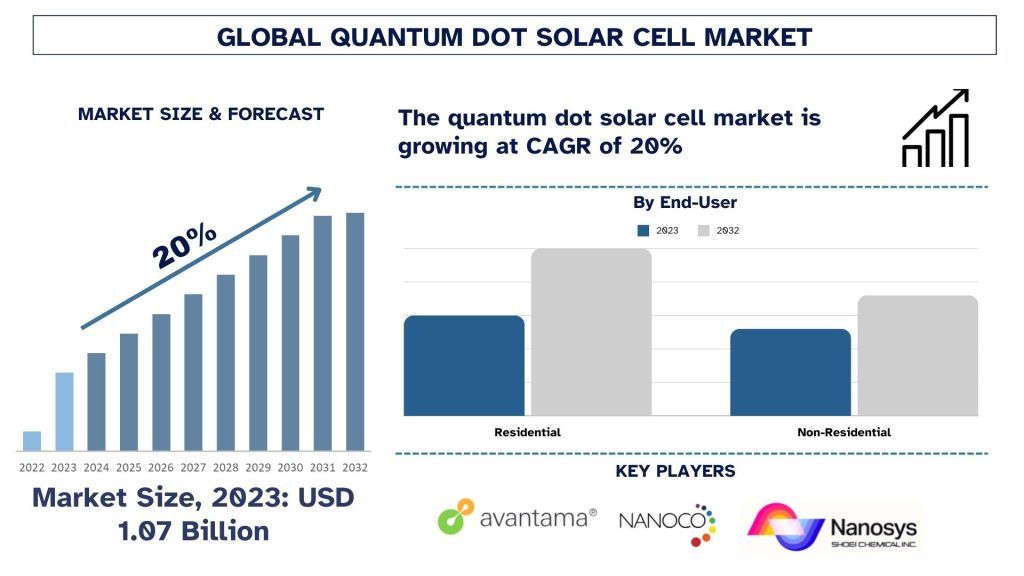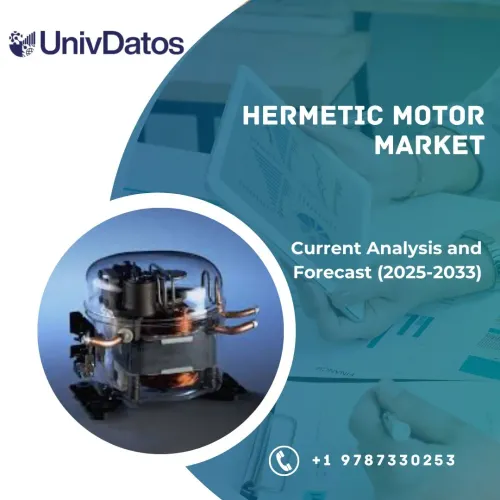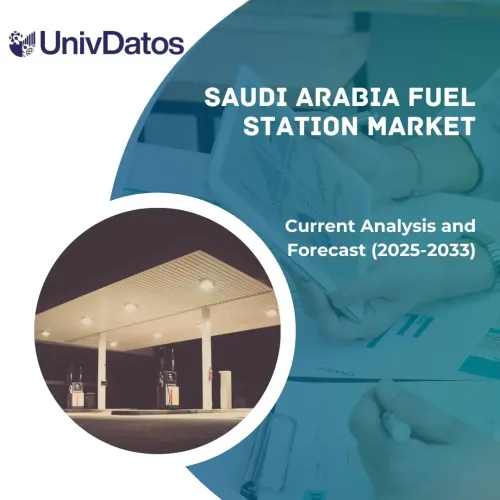- Home
- Chi siamo
- Settore
- Servizi
- Lettura
- Contattaci
Mercato delle celle solari a punti quantici: Analisi attuale e previsioni (2024-2032)
Enfasi sul tipo di prodotto (Celle solari a punti quantici, Celle solari ibride a punti quantici, Celle solari a nanofili quantici); Per materiale (A base di cadmio, Senza cadmio), Utente finale (Residenziale e Non residenziale) e Regione/Paese
Dimensioni e previsioni del mercato delle celle solari a punti quantici
Il mercato delle celle solari a punti quantici è stato valutato a circa 1,07 miliardi di dollari nel 2023 e si prevede che crescerà con un robusto CAGR di circa il 20% durante il periodo di previsione (2024-2032) grazie alla maggiore efficienza e al potenziale di significative riduzioni dei costi nella generazione di energia solare che guidano principalmente il mercato delle celle solari a punti quantici.
Analisi del mercato delle celle solari a punti quantici
Il mercato globale delle celle solari a punti quantici sta registrando un tasso di crescita costante del 20%. Questa crescita è alimentata dal crescente interesse per le fonti di energia rinnovabile nella produzione di energia elettrica e dall'utilizzo della nanotecnologia e della maggiore efficienza delle celle solari a punti quantici rispetto alle celle fotovoltaiche. Le celle solari a punti quantici presentano anche alcuni vantaggi rispetto ai dispositivi fotovoltaici tradizionali: le celle solari a punti quantici possono assorbire più luce rispetto ai cristalli di silicio di alta qualità e il bandgap di queste tecnologie fotovoltaiche può essere regolato per adattarsi meglio allo spettro solare. È in questo contesto che i governi di tutto il mondo stanno promuovendo l'uso di energia più pulita per affrontare i problemi del cambiamento climatico, le celle solari a punti quantici vengono proposte come i dispositivi più efficienti per aumentare l'efficienza della generazione di energia solare.
Tendenze del mercato delle celle solari a punti quantici
Questa sezione analizza le principali tendenze del mercato che influenzano i segmenti delle celle solari a punti quantici, come identificato dai nostri esperti di ricerca.
Il tipo di cella solare a punti quantici colloidali sta trasformando l'industria
Il segmento delle celle solari a punti quantici colloidali attualmente domina il mercato e si prevede che dominerà nel periodo di previsione. I principali fattori che hanno contribuito al dominio delle celle solari a punti quantici colloidali nel mercato delle celle solari a punti quantici includono la facilità di produzione, la sintonizzabilità, la flessibilità delle applicazioni e gli interessi commerciali. Infatti, i punti sono realizzati con alcuni metodi semplici basati su soluzioni non convenzionali, che li rendono più facili ed economici rispetto a quelli per i punti quantici core-shell. Pertanto, ciò facilita il ridimensionamento e consente un'integrazione più fattibile nelle linee esistenti. Inoltre, i punti quantici colloidali possono essere depositati su diversi substrati utilizzando lo spin-coating o anche lo spray-coating, il che li rende molto versatili per celle solari flessibili e leggere o per qualsiasi altro scopo. Inoltre, i punti hanno anche una buona sintonizzabilità grazie alle loro proprietà ottiche ed elettroniche. Modulando le dimensioni e la composizione dei punti quantici, i ricercatori hanno una via chiara per ottimizzare lo spettro di assorbimento dei loro progetti rispetto allo spettro solare.
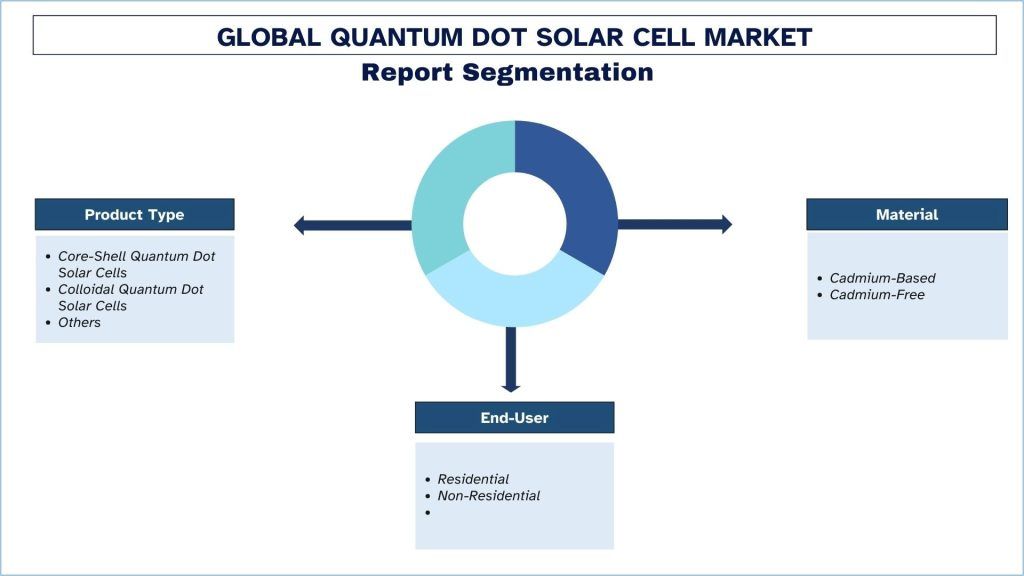
L'Asia Pacifico ha dominato il mercato nel 2023
Il mercato delle celle solari a punti quantici dell'Asia Pacifico sta crescendo rapidamente grazie all'impegno a fissare obiettivi elevati di energia rinnovabile, all'aumento della ricerca e sviluppo intrapresi e a un'industria manifatturiera solida. Paesi come Cina, Giappone, Corea del Sud e Singapore sono i pionieri di questa tecnologia. In particolare, la Cina mira a raggiungere il livello di neutralità carbonica del 2060 e a diventare leader mondiale nell'implementazione del solare. Giappone e Corea del Sud stanno deliberatamente cercando l'efficienza rispetto all'implementazione su vasta area per evitare problemi di terreno. Ha accumulato una ricca competenza nella nanotecnologia, nella scienza dei materiali e nella produzione avanzata, concentrandosi in particolare sul punto quantico. In Cina, l'Università Tsinghua è all'avanguardia nello studio delle celle solari a punti quantici e collabora con grandi aziende di energia elettrica ed energia; anche l'Istituto nazionale per la scienza dei materiali in Giappone e il KAIST in Corea del Sud conducono attivamente ricerche in questo settore.
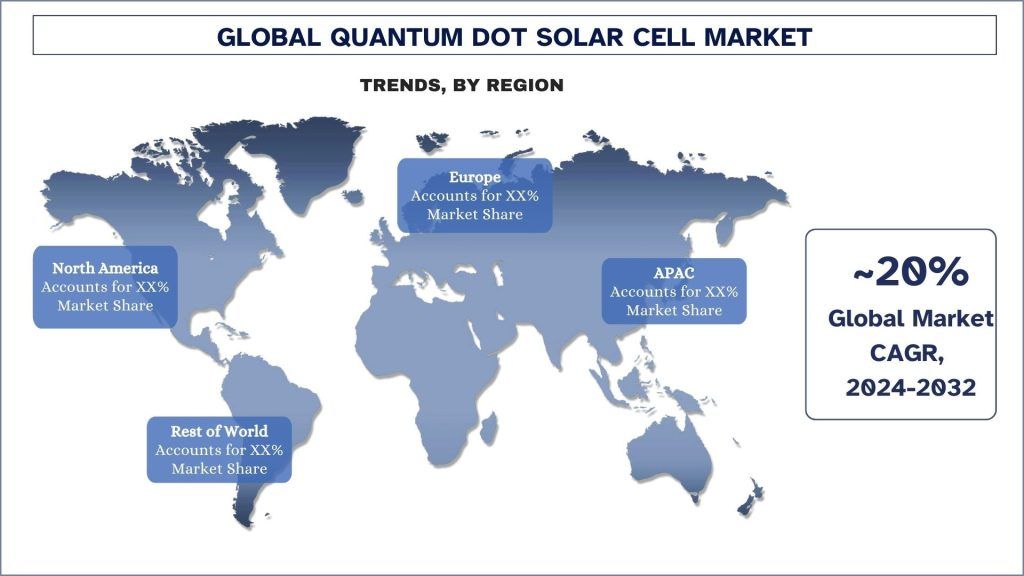
Panoramica del settore delle celle solari a punti quantici
Il mercato delle celle solari a punti quantici è competitivo, con diversi operatori di mercato globali e internazionali. I principali operatori stanno adottando diverse strategie di crescita per migliorare la loro presenza sul mercato, come partnership, accordi, collaborazioni, lanci di nuovi prodotti, espansioni geografiche e fusioni e acquisizioni. Alcuni dei principali operatori che operano nel mercato sono Avantama, Nanoco Group plc, Shoei Electronic Materials, Inc. (Nanosys), NNCrystal US Corporation, Ocean NanoTech, Quantum Materials Corporation, SAMSUNG DISPLAY Co., Ltd, Solex Energy Limited, UbiQD, Inc e TFQD.
Notizie sul mercato delle celle solari a punti quantici
- Nell'agosto 2023, UbiQD, Inc., una società di nanotecnologie con sede nel New Mexico, ha annunciato di aver stipulato un accordo di sviluppo congiunto con First Solar, Inc. per collaborare ulteriormente allo sviluppo del potenziale per incorporare la tecnologia dei punti quantici fluorescenti nei moduli solari avanzati.
- Nel maggio 2021, Nanosys ha annunciato l'acquisizione di Glo, una società tecnologica leader per display microLED. Nanosys mira a migliorare il proprio sviluppo, aumentare la propria offerta e adottare tecnologie di visualizzazione nano LED e microLED con l'acquisizione.
Copertura del rapporto di mercato sulle celle solari a punti quantici
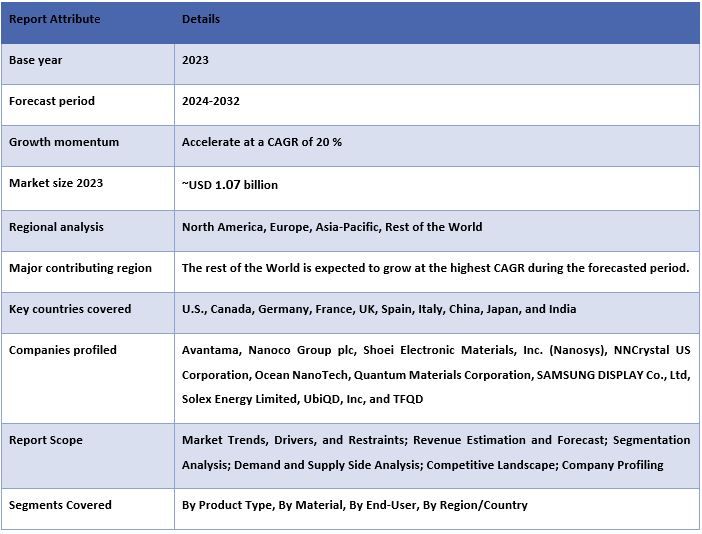
Motivi per acquistare questo rapporto:
- Lo studio include analisi di dimensionamento e previsione del mercato convalidate da esperti chiave del settore autenticati.
- Il rapporto presenta una rapida panoramica delle prestazioni complessive del settore a colpo d'occhio.
- Il rapporto copre un'analisi approfondita dei principali concorrenti del settore con un focus primario sulle principali informazioni finanziarie aziendali, sui portafogli di prodotti, sulle strategie di espansione e sugli sviluppi recenti.
- Esame dettagliato dei fattori trainanti, dei vincoli, delle tendenze chiave e delle opportunità prevalenti nel settore.
- Lo studio copre in modo completo il mercato attraverso diversi segmenti.
- Analisi approfondita a livello regionale del settore.
Opzioni di personalizzazione:
Il mercato globale delle celle solari a punti quantici può essere ulteriormente personalizzato in base alle esigenze o a qualsiasi altro segmento di mercato. Inoltre, UMI comprende che potresti avere le tue esigenze aziendali; quindi, sentiti libero di metterti in contatto con noi per ottenere un rapporto che si adatti completamente alle tue esigenze.
Indice
Metodologia di ricerca per l'analisi del mercato delle celle solari a punti quantici (2022-2032)
L'analisi del mercato storico, la stima del mercato attuale e la previsione del mercato futuro del mercato globale delle celle solari a punti quantici sono stati i tre passaggi principali intrapresi per creare e analizzare l'adozione delle celle solari a punti quantici nelle principali regioni a livello globale. È stata condotta un'esaustiva ricerca secondaria per raccogliere i dati storici del mercato e stimare le dimensioni del mercato attuale. In secondo luogo, sono state prese in considerazione numerose scoperte e ipotesi per convalidare queste intuizioni. Inoltre, sono state condotte anche interviste primarie esaustive con esperti del settore lungo tutta la catena del valore del mercato globale delle celle solari a punti quantici. Dopo l'ipotesi e la convalida dei dati di mercato attraverso interviste primarie, abbiamo impiegato un approccio top-down/bottom-up per prevedere le dimensioni complete del mercato. Successivamente, sono stati adottati metodi di suddivisione del mercato e triangolazione dei dati per stimare e analizzare le dimensioni del mercato dei segmenti e sottosegmenti del settore. La metodologia dettagliata è spiegata di seguito:
Analisi delle dimensioni storiche del mercato
Fase 1: Studio approfondito delle fonti secondarie:
È stato condotto uno studio secondario dettagliato per ottenere le dimensioni storiche del mercato delle celle solari a punti quantici attraverso fonti interne aziendali come relazioni annuali e bilanci, presentazioni sulle prestazioni, comunicati stampa, ecc. e fonti esterne tra cui riviste, notizie e articoli, pubblicazioni governative, pubblicazioni dei concorrenti, rapporti di settore, database di terze parti e altre pubblicazioni credibili.
Fase 2: Segmentazione del mercato:
Dopo aver ottenuto le dimensioni storiche del mercato delle celle solari a punti quantici, abbiamo condotto un'analisi secondaria dettagliata per raccogliere informazioni sul mercato storico e condividere diversi segmenti e sottosegmenti per le principali regioni. I principali segmenti inclusi nel rapporto sono tipo di prodotto, materiale, utente finale e regione. Ulteriori analisi a livello di paese sono state condotte per valutare l'adozione complessiva dei modelli di test in quella regione.
Fase 3: Analisi dei fattori:
Dopo aver acquisito le dimensioni storiche del mercato di diversi segmenti e sottosegmenti, abbiamo condotto una analisi dei fattori dettagliata per stimare le dimensioni attuali del mercato delle celle solari a punti quantici. Inoltre, abbiamo condotto un'analisi dei fattori utilizzando variabili dipendenti e indipendenti come tipo di prodotto, materiale, utente finale e regioni. È stata condotta un'analisi approfondita degli scenari lato domanda e lato offerta considerando le principali partnership, fusioni e acquisizioni, espansione aziendale e lanci di prodotti nel settore del mercato delle celle solari a punti quantici in tutto il mondo.
Stima e previsione delle dimensioni attuali del mercato
Dimensionamento del mercato attuale: Sulla base di informazioni fruibili derivanti dalle tre fasi di cui sopra, siamo giunti alle dimensioni attuali del mercato, ai principali attori nel mercato globale delle celle solari a punti quantici e alle quote di mercato dei segmenti. Tutte le quote percentuali richieste e le suddivisioni del mercato sono state determinate utilizzando l'approccio secondario sopra menzionato e sono state verificate attraverso interviste primarie.
Stima e previsione: Per la stima e la previsione del mercato, sono stati assegnati pesi diversi a diversi fattori, inclusi driver e tendenze, vincoli e opportunità disponibili per le parti interessate. Dopo aver analizzato questi fattori, sono state applicate tecniche di previsione pertinenti, ovvero l'approccio top-down/bottom-up, per giungere alla previsione di mercato per il 2032 per diversi segmenti e sottosegmenti nei principali mercati a livello globale. La metodologia di ricerca adottata per stimare le dimensioni del mercato comprende:
- Le dimensioni del mercato del settore, in termini di ricavi (USD) e il tasso di adozione della cella solare a punti quantici nei principali mercati a livello nazionale
- Tutte le quote percentuali, le suddivisioni e le ripartizioni dei segmenti e sottosegmenti di mercato
- I principali attori nel settore globale delle celle solari a punti quantici in termini di prodotti offerti. Inoltre, le strategie di crescita adottate da questi attori per competere nel mercato in rapida crescita
Convalida delle dimensioni e della quota di mercato
Ricerca primaria: Sono state condotte interviste approfondite con i Key Opinion Leader (KOL), inclusi i dirigenti di livello superiore (CXO/VP, responsabile vendite, responsabile marketing, responsabile operativo, responsabile regionale, responsabile paese, ecc.) nelle principali regioni. I risultati della ricerca primaria sono stati quindi riassunti ed è stata eseguita un'analisi statistica per dimostrare l'ipotesi dichiarata. I contributi della ricerca primaria sono stati consolidati con i risultati secondari, trasformando quindi le informazioni in informazioni fruibili.
Ripartizione dei partecipanti primari nelle diverse regioni
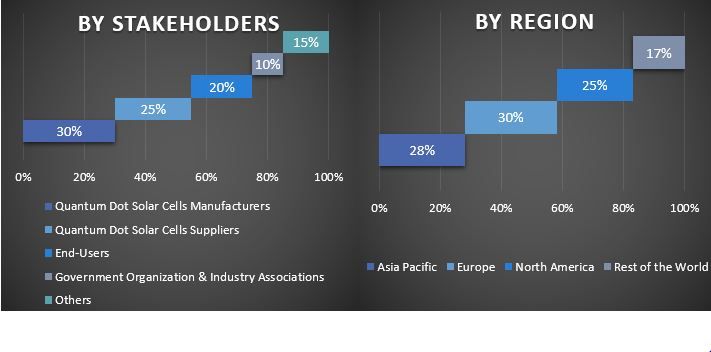
Ingegneria del mercato
La tecnica di triangolazione dei dati è stata impiegata per completare la stima complessiva del mercato e per giungere a numeri statistici precisi per ogni segmento e sottosegmento della cella solare a punti quantici globale. I dati sono stati suddivisi in diversi segmenti e sottosegmenti dopo aver studiato vari parametri e tendenze nel tipo di prodotto, materiale, utente finale e regioni del mercato globale delle celle solari a punti quantici.
L'obiettivo principale dello studio sul mercato globale delle celle solari a punti quantici
Le tendenze attuali e future del mercato globale delle celle solari a punti quantici sono state individuate nello studio. Gli investitori possono ottenere informazioni strategiche per basare la propria discrezione per gli investimenti sull'analisi qualitativa e quantitativa eseguita nello studio. Le tendenze di mercato attuali e future hanno determinato l'attrattiva complessiva del mercato a livello regionale, fornendo una piattaforma al partecipante industriale per sfruttare il mercato non sfruttato per beneficiare di un vantaggio di first-mover. Altri obiettivi quantitativi degli studi includono:
- Analizzare le dimensioni attuali e previste del mercato delle celle solari a punti quantici in termini di valore (USD). Inoltre, analizzare le dimensioni attuali e previste del mercato di diversi segmenti e sottosegmenti.
- I segmenti nello studio includono aree di tipo di prodotto, materiale, utente finale e regioni.
- Definire e analizzare il quadro normativo per la cella solare a punti quantici
- Analizzare la catena del valore coinvolta con la presenza di vari intermediari, insieme all'analisi dei comportamenti dei clienti e dei concorrenti del settore.
- Analizzare le dimensioni attuali e previste del mercato delle celle solari a punti quantici per la regione principale.
- I principali paesi delle regioni studiati nel rapporto includono Asia Pacifico, Europa, Nord America e il resto del mondo
- Profili aziendali del mercato delle celle solari a punti quantici e le strategie di crescita adottate dagli operatori di mercato per sostenersi nel mercato in rapida crescita.
- Analisi approfondita a livello regionale del settore
Domande frequenti FAQ
D1: Qual è la dimensione attuale e il potenziale di crescita globale delle celle solari a punti quantici?
Q2: Quali sono i fattori trainanti per la crescita della cella solare a punti quantici a livello globale?
Q3: Quale segmento detiene la quota maggiore del mercato globale delle celle solari a punti quantici in base al tipo di prodotto?
Q4: Quali sono le tecnologie emergenti e le tendenze nelle celle solari a punti quantici a livello globale?
Q5: Quale regione dominerà il mercato globale delle celle solari a punti quantici?
Correlati Report
I clienti che hanno acquistato questo articolo hanno acquistato anche

